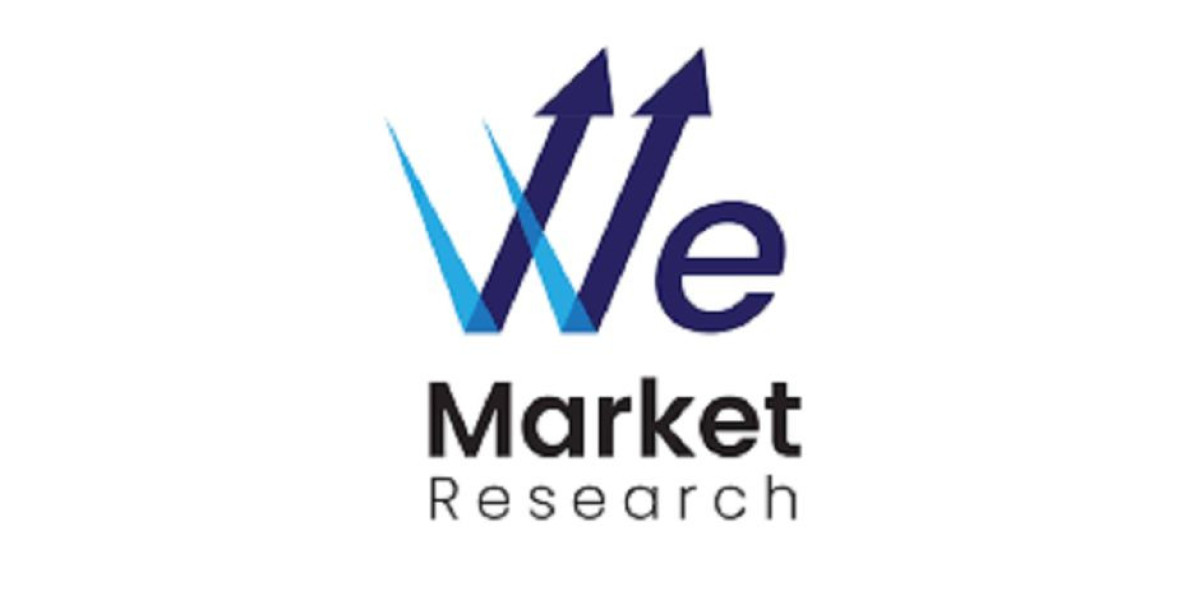Chemical suppliers ensure their products are environmentally friendly through various strategies and practices, which can be summarized as follows:
1. Adherence to Sustainability Regulations: chemical suppliers are increasingly focusing on complying with higher sustainability standards and navigating complex regulatory requirements. Initiatives like Together for Sustainability (TfS) help companies within the chemical industry to not just comply with evolving sustainability regulations but also excel in this era of increased environmental awareness.
2. Sustainability Assessments and Audits: TfS conducts assessments and audits that play a pivotal role in measuring the environmental, labor, and human rights, ethical, and sustainable procurement performance of suppliers. These assessments involve suppliers completing an online questionnaire, supplemented by supporting documents on their environmental, social, ethical, and supply chain practices.
3. Transparency and Collaboration: TfS promotes transparency in supply chains by encouraging suppliers to share information about their sustainability practices and progress on improvements. This transparency benefits both suppliers and member companies, fostering trust and collaboration among supply chain partners.
4. Action Priorities Dashboard: TfS launched the Action Priorities Dashboard in collaboration with EcoVadis, an innovative tool that enables TfS member companies to proactively identify emerging risks within their supplier pool. It focuses on critical issues such as child labor, forced labor, human trafficking, corruption, as well as Scope 1 and 2 energy consumption and GHG emissions from suppliers.
5. Corrective Action Plans (CAPs): Both TfS Assessments and Audits result in the development of corrective action plans, offering actionable steps for companies to address identified issues. CAPs serve as a roadmap for continuous improvement, ensuring that sustainability challenges and measures for improvement are transparent and actively addressed.
6. Sustainable Feedstocks: The chemical industry is exploring the use of sustainable feedstocks, such as biomass and CO2, to reduce greenhouse gas emissions. This approach, however, comes with challenges, particularly in matching the right feedstocks and conversion technologies with the right products in the right regions of the world.
7. Sustainable Packaging Materials: There is a focus on new sustainable packaging materials, such as biodegradable materials derived from seaweed and corn, as well as recycled and recyclable materials, to create alternatives to single-use plastic packaging.
8. Biomass Feedstocks: Biomass feedstocks derived from plants, animals, and microorganisms serve as alternative raw materials for chemical manufacturers. These feedstocks can be sourced from agricultural residues, dedicated energy crops, forestry residues, algae, and organic waste streams.
9. Technology Innovation: Companies are actively working on new products aligned with the shift to renewable energy and the drive to enhanced energy efficiency. Examples include adhesives and coatings to improve solar panel efficiency, energy-reducing paints for buildings, coatings to increase the lifetime of machinery, and packaging based on recycled products.
10. Product Carbon Footprint (PCF) Guideline: TfS launched the PCF Guideline, which is a step-by-step guide that enables chemical suppliers to calculate the carbon footprint of their products. This guideline promotes transparency, encourages chemical suppliers to act in reducing their emissions, and helps drive industry-wide improvements.
These practices demonstrate how chemical suppliers are committed to ensuring their products are environmentally friendly and sustainable, aligning with global regulatory expectations and the growing importance of sustainability in business operations.






